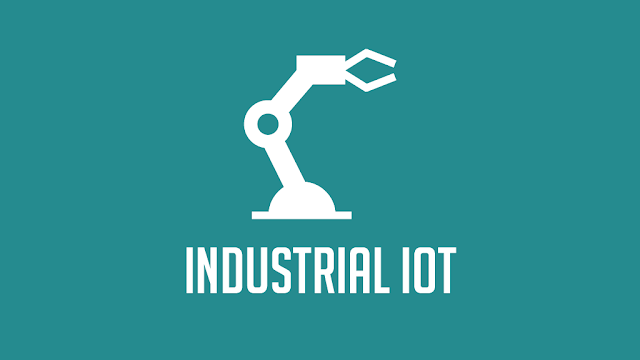The Industrial Internet of Things(IIoT)
The application of IoT to the manufacturing industry is called the Industrial IoT (IIoT) or Industrial Internet. The driving philosophy behind the IIoT is that smart machines are better than humans at accurately, consistently capturing and communicating data.
The IIoT is transforming the industry — changing the way industries work. Whether it’s enabling predictive analytics to detect corrosion inside a refinery pipe, or providing real-time production data to uncover additional capacity in a plant or driving visibility and control over your industrial control systems environment to prevent cyber-attacks, the IIoT—and the software solutions powered by it—are driving powerful business outcomes. In short, IIoT is the use of IoT technologies for industrial purposes – from gas pumps to HVAC systems to machinery on the factory floor.
Benefits of Industrial IoT
By using Industrial IoT business leaders can get a full and accurate view of how their enterprise is doing, which will help them make better decisions for the growth of industry. IIoT brings the idea of industrial devices exchanging information to a new level, because it provides a system and standards for universal interconnectivity over IP (Internet Protocol).
The Industrial IoT can greatly improve the following:
- Connectivity
- Efficiency
- Scalability
- Time savings
- Cost savings for Industrial organizations
IIoT use cases
In an updated forecast on IoT spending in June 2017, IDC predicts that manufacturing will reach $183 billion in 2017 from an IoT spending perspective. Production asset management spending would reach 45 billion.
Below are a few typical IIoT use cases:
- Smart factory applications and smart warehousing.
- Predictive and remote maintenance.
- Freight, goods and transportation monitoring.
- Connected logistics.
- Smart metering and smart grid.
- Smart environment solutions.
- Smart city applications.
- Smart farming and livestock monitoring.
- Industrial security systems
- Energy consumption optimization
- Industrial heating, ventilation, and air conditioning
- Manufacturing equipment monitoring.
- Asset tracking and smart logistics.
- Ozone, gas and temperature monitoring in industrial environments.
- Safety and health (conditions) monitoring of workers.
- Asset performance management
- Remote service, field service, remote maintenance, and control use cases
Interoperability and security are probably the two biggest challenges surrounding the implementation of IIoT. Ignition is an excellent solution for this since it is cross-platform and built on open-source, IT-standard technologies. The proliferation of sensors and other smart, connected devices has resulted in a parallel explosion in security vulnerabilities. This is another factor in the rise of MQTT since it is a very secure IIoT protocol.
The Future of the IIoT
Businesses that have embraced the IIoT have seen significant improvements to safety, efficiency, and profitability, and it is expected that this trend will continue as IIoT technologies are more widely adopted.

Nicely done, Thank you for sharing such a useful article. I had a great time. This article was fantastic to read. continue to write about
ReplyDeleteData Engineering Solutions
Data Analytics Solutions
Business Intelligence Solutions
Really an informative content. Thanks for sharing with us. Your blog helps for me to know more updated information's. Keep sharing more informative content like this.
ReplyDeleteLow Code Development Services
Medix Development Services
B87B4EE3AD
ReplyDeletehacker arıyorum
hacker kirala
tütün dünyası
-
-